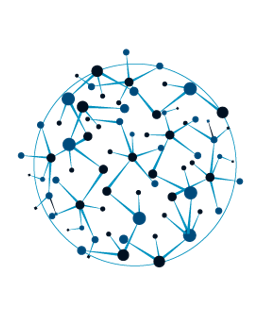문제
풀이
위 문제를 보고 2가지 풀이 방법이 떠올랐다. 하나는 연산자들에 대한 순열을 구하여 푸는 방법이다. 다른 하나는 DFS를 이용해 최대, 최솟값을 구하는 방법이다. 순열은 파이썬 permutations 모듈을 이용하여 모든 순열을 구하여 완전탐색을 수행하면 된다. 완전탐색의 경우 Python3에서 시간초과가 나므로 PyPy3로 제출해야한다. DFS의 경우 Python3에서 통과가 된다. DFS 풀이는 연산자의 갯수만큼 탐색을 하며, 연산자가 존재하면 그 연산을 수행하며 재귀호출을 통해 탐색을 진행한다.
문제에서 주의할 점은 연산자 우선 순위를 무시하고 무조건 앞에서부터 연산을 진행해야 한다. 또, 나눗셈은 정수 나눗셈으로 몫만 취하며, 음수를 양수로 나눌 때는 양수로 바꾼 뒤 몫을 취하고, 그 몫을 음수로 바꾼 것과 같다는 점이다.
코드
백트래킹 (DFS)
# 백트래킹 (Python3 통과, PyPy3도 통과)
import sys
input = sys.stdin.readline
N = int(input())
num = list(map(int, input().split()))
op = list(map(int, input().split())) # +, -, *, //
maximum = -1e9
minimum = 1e9
def dfs(depth, total, plus, minus, multiply, divide):
global maximum, minimum
if depth == N:
maximum = max(total, maximum)
minimum = min(total, minimum)
return
if plus:
dfs(depth + 1, total + num[depth], plus - 1, minus, multiply, divide)
if minus:
dfs(depth + 1, total - num[depth], plus, minus - 1, multiply, divide)
if multiply:
dfs(depth + 1, total * num[depth], plus, minus, multiply - 1, divide)
if divide:
dfs(depth + 1, int(total / num[depth]), plus, minus, multiply, divide - 1)
dfs(1, num[0], op[0], op[1], op[2], op[3])
print(maximum)
print(minimum)순열
# 순열 (Python3 시간초과 / PyPy3는 통과)
import sys
from itertools import permutations
input = sys.stdin.readline
N = int(input())
num = list(map(int, input().split()))
op_num = list(map(int, input().split())) # +, -, *, /
op_list = ['+', '-', '*', '/']
op = []
for k in range(len(op_num)):
for i in range(op_num[k]):
op.append(op_list[k])
maximum = -1e9
minimum = 1e9
def solve():
global maximum, minimum
for case in permutations(op, N - 1):
total = num[0]
for r in range(1, N):
if case[r - 1] == '+':
total += num[r]
elif case[r - 1] == '-':
total -= num[r]
elif case[r - 1] == '*':
total *= num[r]
elif case[r - 1] == '/':
total = int(total / num[r])
if total > maximum:
maximum = total
if total < minimum:
minimum = total
solve()
print(maximum)
print(minimum)






깔끔한 코드 잘 배워갑니다!